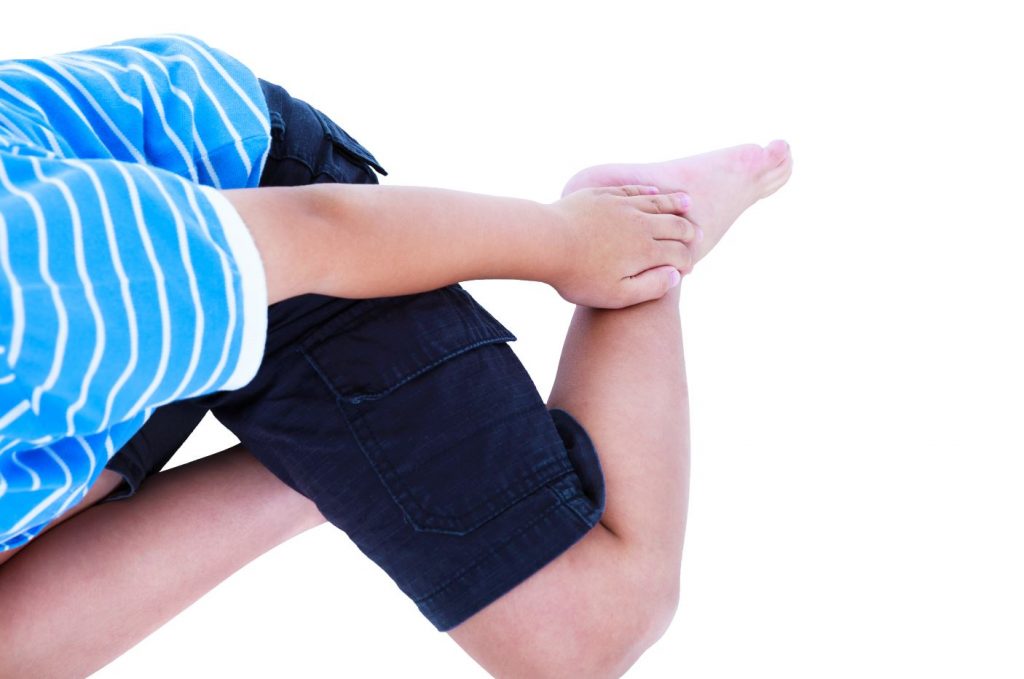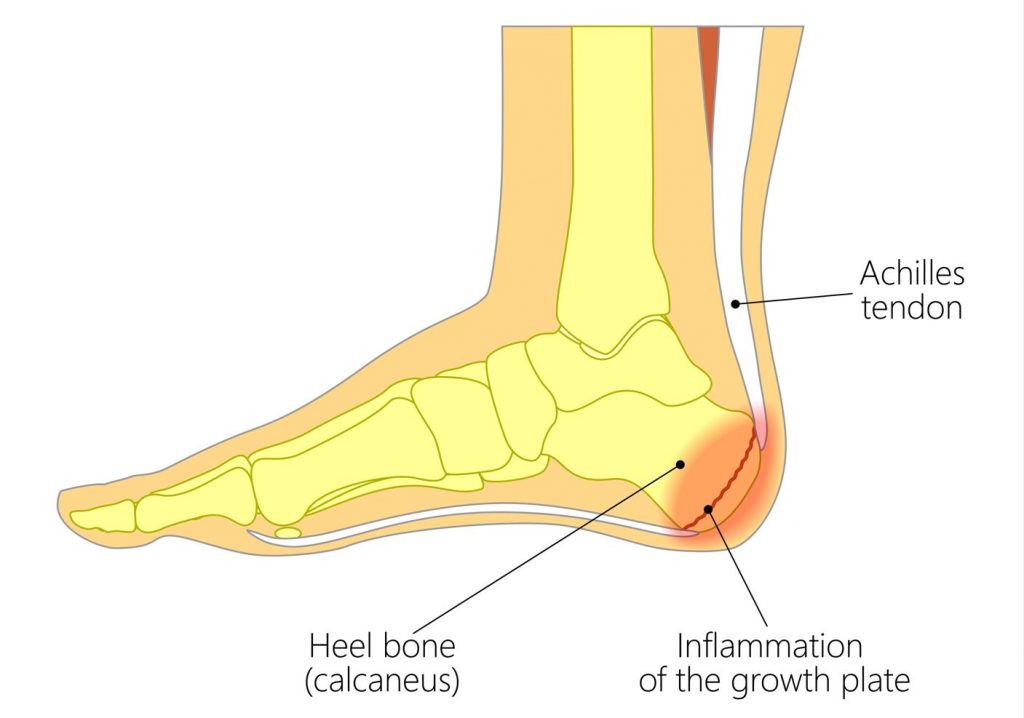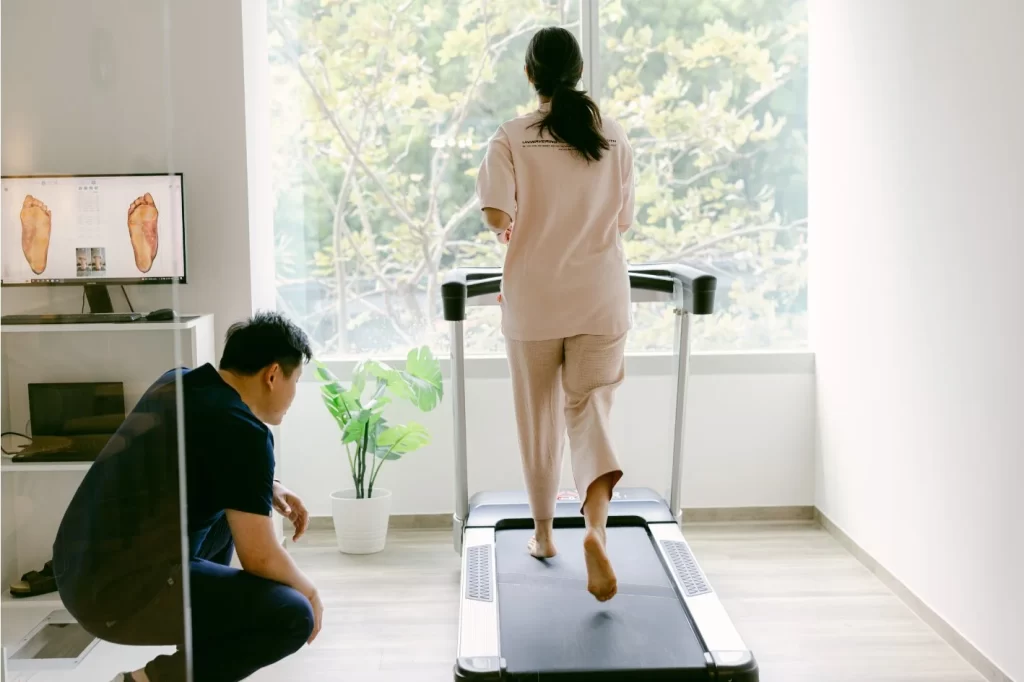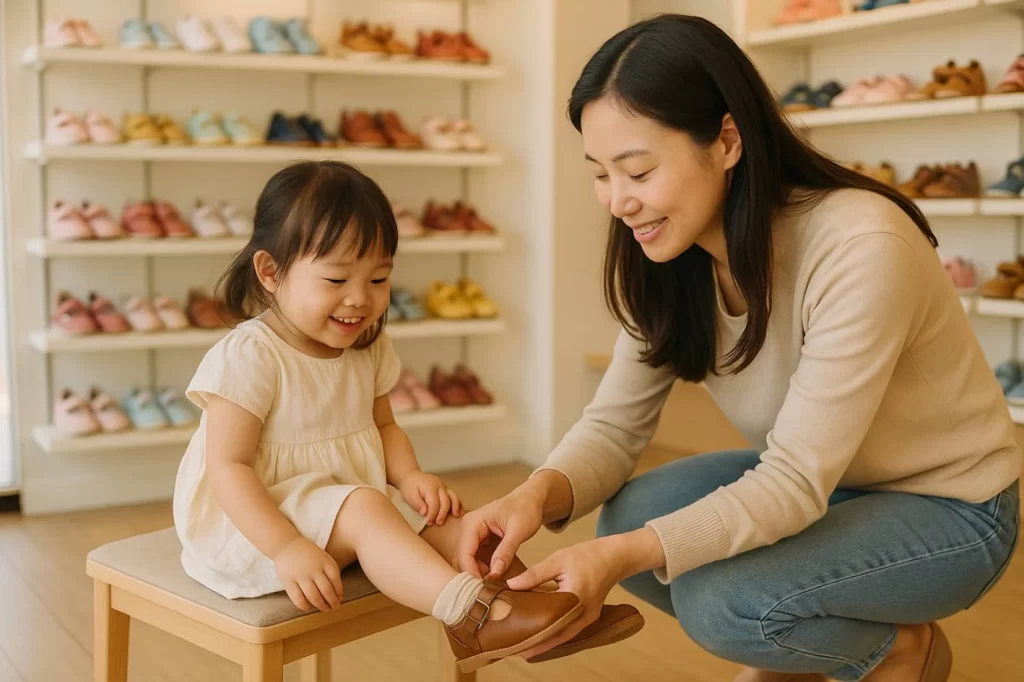What is Sever’s Disease (Paediatric Heel Pain)?
Sever’s disease or calcaneal apophysitis is a type of osteochondrosis that causes heel pain in children between the age of 8 to 14 years. This condition occurs when the Achilles tendon (the tendon that attaches to the back of the heel) pulls on the growth plate of the heel bone (calcaneal apophysis), resulting in swelling and inflammation of the growth plate.
Sever’s disease often occurs in active children and is more common in boys than girls. Children affected by Sever’s disease commonly complain of pain under the heel or at the back of the heel. In the early stages, the pain would normally occur only after high-impact activities or sports, but as the condition gets worse, the pain would eventually cause the child to limp even without activity.
What Are The Causes of Sever’s Disease?
As Sever’s disease is caused by the traction of the Achilles tendon on the growth plate, any factors that will increase the traction of the Achilles can cause Sever’s disease to occur.
Causes of Sever’s Disease include:
- Calf muscle tightness
- Growth spurt
- Poor training form
- Running or jumping sports (e.g football, basketball)
- Inadequate recovery
- Inappropriate footwear
Need Help? See A Podiatrist Today
Signs and Symptoms of Sever’s Disease
Signs and symptoms of Sever’s disease vary depending on severity. In the earlier stages, affected children will usually complain of pain after activity and the pain will resolve by the following day. If left untreated, the pain can severely limit their level of activity and quality of life.
Signs and symptoms include:
- Pain and swelling at the black of the heel
- Pain during and after activity
- Pain lasting hours to days after the activity
- Limping or difficulty walking barefooted

Other Conditions That Can Cause Paediatric Heel Pain
There are several other conditions that present similar to Sever’s disease, and it is important that the Podiatrist is able to differentiate Sever’s disease from other conditions. Diagnosis is always the key to the right treatment.
Other conditions of paediatric heel pain include:
- Plantar fasciitis
- Achilles tendonitis
- Heel stress fracture
- Retrocalcaneal bursitis
- Bone tumours
Sever’s Disease Treatment
Treatment of Sever’s disease usually involves addressing all the underlying factors or causes. It is important to understand that children will not be able to “grow out of it” but the condition will resolve fully when the growth plate fuses around the age of 14 to 15 years. Treatment is necessary to ensure that the child can take part in normal activities and not be limited by pain.
Treatment Options for Sever’s Disease include:
- Activity modification and proper training form
- Stretching and strengthening program
- Customised foot orthoses
- Extracorporeal shockwave therapy
- Extracorporeal magnetotransduction therapy





